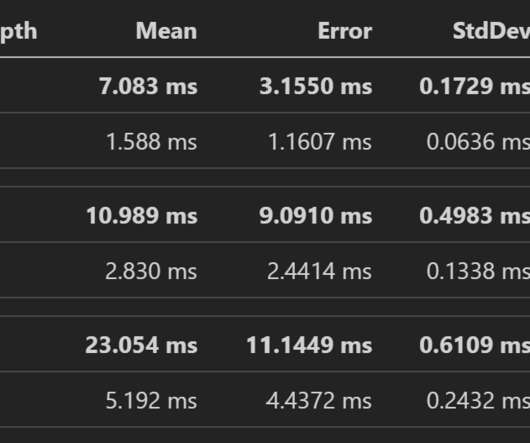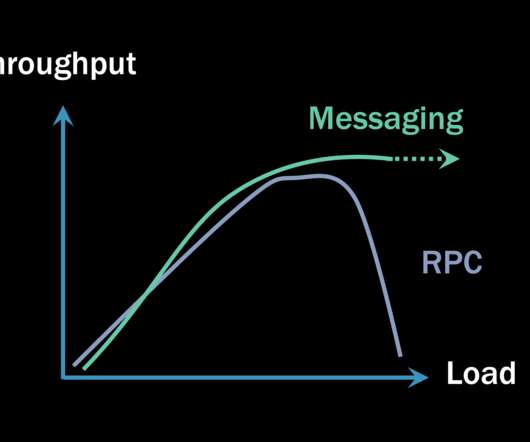PostgreSQL Performance Tuning: Optimizing Database Parameters for Maximum Efficiency
Percona
MAY 1, 2023
PostgreSQL performance optimization aims to improve the efficiency of a PostgreSQL database system by adjusting configurations and implementing best practices to identify and resolve bottlenecks, improve query speed, and maximize database throughput and responsiveness. Why is PostgreSQL performance tuning important?













Let's personalize your content